2022 Virtual Meeting Series
Friday June 3, 2022 (9:30 – 11:00AM Pacific Time)
The Many Ways to Use Anvi’o, a Platform for Microbial ‘Omics
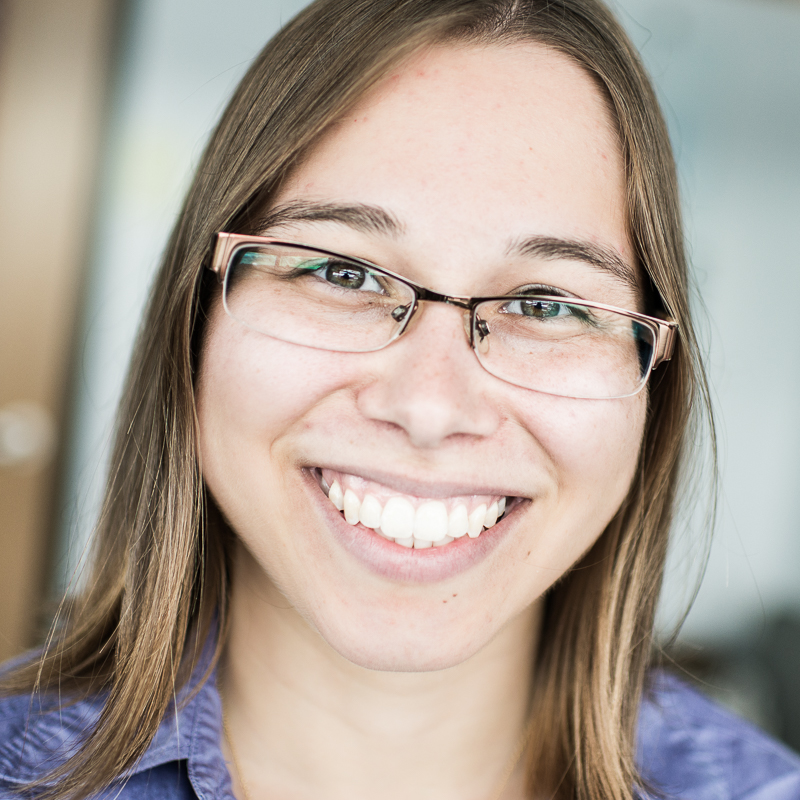 |
Iva Veseli (University of Chicago) . Cheaper, higher-quality sequencing technologies have made ‘omics analyses – metagenomics, pangenomics, phylogenomics, and more – central to investigations of microbial ecology and evolution. Anvi’o is a community-driven software platform enabling integrated analyses and interactive visualization of these multi-’omic data. It offers a versatile set of programs for working with sequence data that researchers can mix and match according to their research questions. While this can present a steeper learning curve than a simple data-in-results-out pipeline, it is not as difficult as you might think. We will discuss the various ways to learn and use anvi’o, and how these strategies fit different research needs and users with different levels of computational experience. |
Friday May 6, 2022 (9:30 – 11:00AM Pacific Time)
Living at the Extremes: Extremophiles and the Limits of Life in a Planetary Context
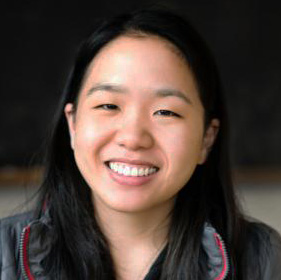 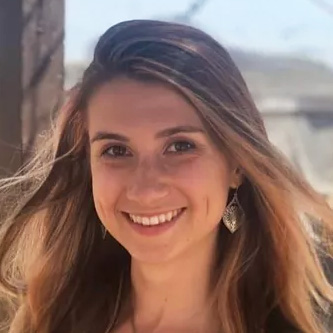 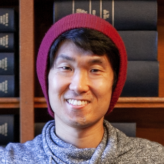 |
Nancy Merino (Lawrence Livermore National Laboratory) Diana Bojanova (University of Southern California) Michael Wong (Carnegie Institution for Science) . In the context of prokaryotic life, extremophiles are microorganisms that thrive under harsh conditions, including pH, temperature, salinity, and pressure. In fact, many extremophiles persist under multiple extremes and are known as polyextremophiles. Research on extremophiles has revealed key microbial adaptations to extreme environments and enabled us to hypothesize about the origins and evolution of life on Earth. This research also has implications for assessing the feasibility and the search for life on other planetary and celestial bodies. In this virtual meeting, we will discuss our paper titled “Living at the Extremes: Extremophiles and the Limits of Life in a Planetary Context” (written with co-authors Heidi Aronson, Jayme Feyhl-Buska, Shu Zhang and Donato Giovannelli) in which we review the biospace that life operates on Earth and the potential for life elsewhere. |
Friday March 4, 2022 (9:30 – 11:00AM Pacific Time)
Sampling Oceanic Crustal Fluids: Some Options
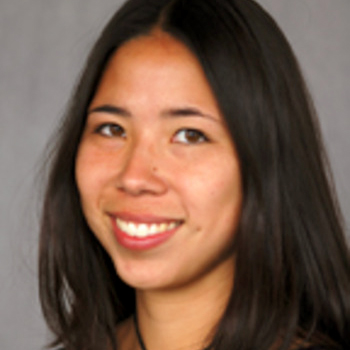 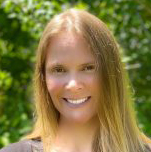 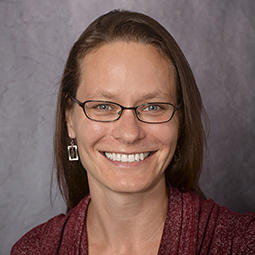 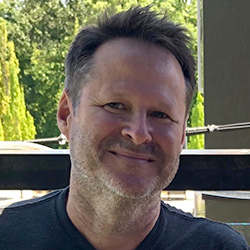 |
Rika Anderson (Carleton College) Julie Huber (Woods Hole Oceanographic Institution) Susan Lang (University of South Carolina) Michael Rappé (University of Hawaii) . The fluids that circulate through the oceanic crust can provide valuable windows to the microbiology and geochemistry of the subseafloor, but can be challenging to collect in sufficient volume and without contamination. We will discuss the many different types of samplers including those available for sampling hydrothermal fluids with submersibles, and the costs and benefits of the different approaches. |
Friday February 4, 2022 (9:30 – 11:00AM Pacific Time)
METABOLIC Bioinformatics Tool [PDF]
Karthik Anantharaman, Zhichao Zhou, and Patricia Tran (University of Wisconsin)
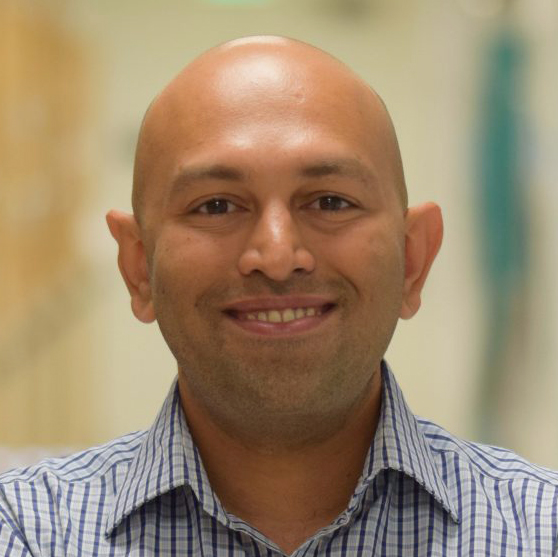 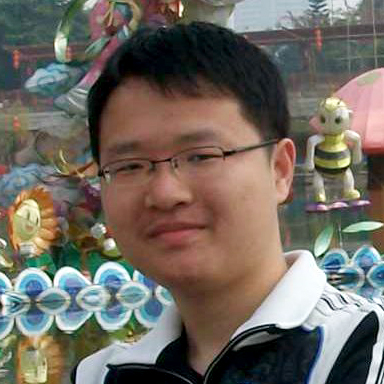 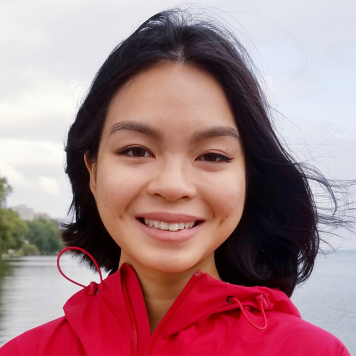 |
In the recent decade, metagenomics and single-cell genomics have significantly changed our understanding of the microbial world, especially uncultured microbial taxa. While advanced genomic approaches have allowed scientists to discover a rich diversity of microorganisms from diverse settings, bioinformatic tools which could help us to interpret and organize genomic blueprints into metabolism and biogeochemistry at the individual and community scales are necessary to facilitate research in diverse fields. METABOLIC is a newly developed scalable metabolic and biogeochemical functional trait profiler to comprehensively study microbial metabolism and interactions using genome data. . In this talk, we will present the capabilities of METABOLIC that can enable (1) Metabolic and biogeochemical analyses for genomes and microbial communities, and (2) Visualization of biogeochemical cycling potential and community-scale functional networks. |
Friday January 7, 2022 (9:30 – 11:00AM Pacific Time)
The Crustal Ocean Biosphere Research Accelerator (COBRA) – New Horizons for Deep-Sea and Subsurface Research Connected to Societal Issues
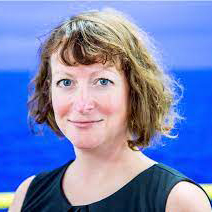  |
Building from the foundation of C-DEBI, a new NSF-funded network-of-networks started last fall called COBRA – the Crustal Ocean Biosphere Research Accelerator. The goal of COBRA is to generate new knowledge on the structure, function, resilience, and ecosystem services of the crustal ocean biosphere – life attached to the rocks at the bottom of the ocean – to inform decision-making relating to emergent industrial uses of the deep ocean, such as deep-sea mining and subseafloor carbon sequestration, and decrease the likelihood of serious harm to the environment while maintaining the broad benefits that society currently enjoys. COBRA will help to close knowledge gaps by bringing together stakeholders through virtual workshops and supporting cross-coordination and collaboration. As a global community of experts in deep sea and subseafloor deep biosphere science, the C-DEBI community is uniquely poised to make great contributions to COBRA efforts. Join this virtual meeting series to hear from COBRA Director Dr. Beth Orcutt and COBRA Associate Director Dr. Julie Huber (also both C-DEBI scientists) to learn more about how you can get involved and take advantage of opportunities. . Also, coming soon in spring 2022, COBRA will be offering an early career deep-sea expedition planning Master Class. The purpose of the virtual Master Class is to train participants in deep-sea expedition planning from start to finish. This course will equip participants with the skills and tools to successfully design, propose, and execute deep-sea oceanographic field research with a collaborative, just, equitable, diverse, and inclusive approach. Join the C-DEBI virtual meeting to learn more about the Master Class and how to apply to participate. |
2021 Virtual Meeting Series
Friday December 3, 2021 (9:30 – 11:00AM Pacific Time)
How to Better Prepare Participants and Mentors for Preventing/Addressing Sexual Harassment in the Field
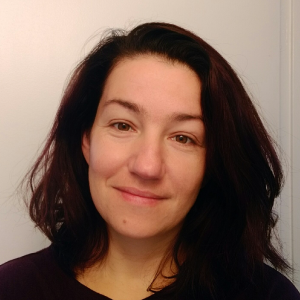 |
Ivona Cetinič, NASA Goddard
Changing the Field Culture (AKA What Happens on Field Should Not Stay on Field) [2.1 MB PDF] Field work is often viewed as a career highlight, shaping the trajectories of graduate students and early career researchers. Negative experiences in the field, intimidating behaviors (including hazing, bullying), harassment, discriminatory behaviors, gendered division of labor, and assault, can have severe consequences for victims and their careers. In this event, Dr. Ivona Cetinić will discuss ways to create a safe and productive field climate, focusing on the role that PIs play in setting expectations for (and rules of) behavior, and the accountability for violations. |
Friday October 1, 2021 (10:30AM – 12:00PM Pacific Time)
Towards a More Holistic Understanding of Mentoring Best Practices
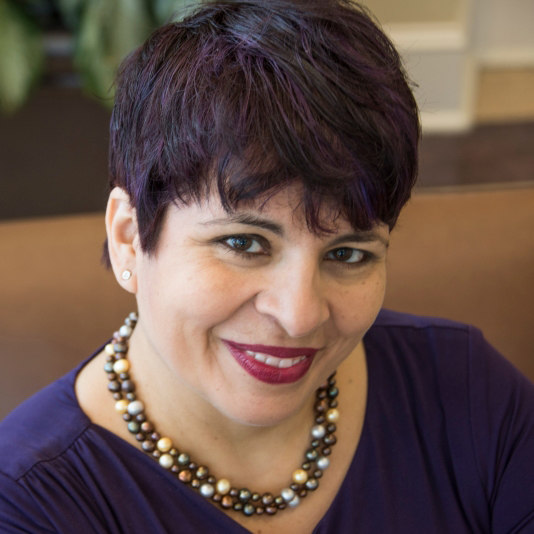 |
Marisela Martinez-Cola, Morehouse College
Collectors, Nightlights, & Allies, Oh My! : Advice for Strengthening Cross-racial Mentoring Relationships [2.4 MB PDF] In this talk, Dr. Martinez-Cola identifies and describes three types of mentoring relationships she has encountered throughout her academic journey. Through a combination of storytelling and information sharing, Dr. Martinez-Cola hopes to inspire self-reflection that can lead to a deeper understanding of both mentors and protégés.
|
Friday September 3, 2021 (10:30AM – 12:00PM Pacific Time)
The Future of MBIO in IODP
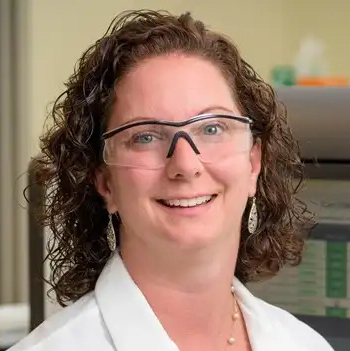 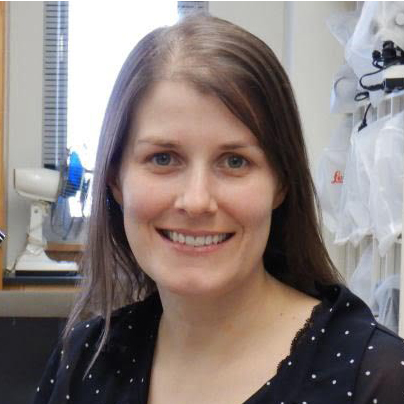  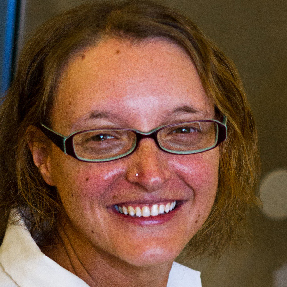  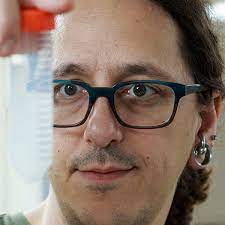 |
Do you have questions about how deep biosphere/microbiology sampling is part of the international scientific ocean drilling program (the International Ocean Discovery Program, IODP), and how subseafloor samples are collected? Have you wondered how you can get more involved with IODP, or how proposals for drilling are handled? Are you curious about the future of IODP beyond the current program, and how deep biosphere/microbiology science can be part of that future? This Virtual Meeting Series event will feature a panel of deep biosphere scientists highlighting these topics and answering your questions. Everyone is welcome to join – from experienced IODP users to those who have never been involved with IODP. Panelists will include Jennifer Biddle (University of Delaware), Stephanie Carr (Hartwick College), Steven D’Hondt (University of Rhode Island Graduate School of Oceanography), Jessica Labonté (Texas A&M University Galveston), Beth Orcutt (Bigelow Laboratory for Ocean Sciences), and Jason Sylvan (Texas A&M University). |
Presentations [9 MB PDF]
|
|
Friday August 6, 2021 (10:30AM – 12:00PM Pacific Time)
Techniques for Isolating Persnickety Microbes
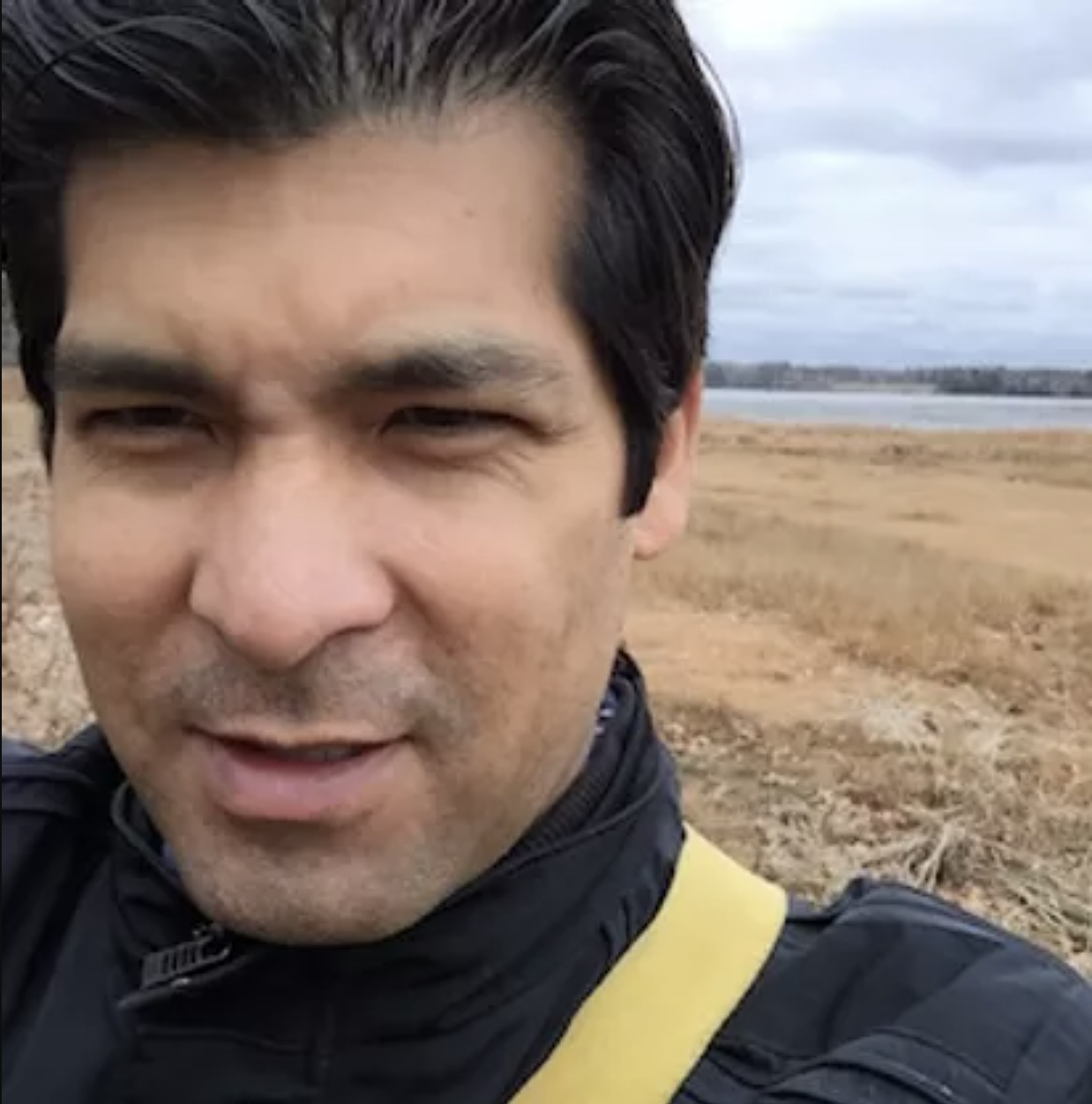 |
Roman Barco, University of Southern California
Lessons learned from studying marine chemolithoautotrophic communities on minerals Iron-sulfides are some of the most abundant mineral types on Earth. In the deep-sea environment, iron-sulfides are commonly seen in sediments but also associated with hydrothermal vent fields, including seafloor massive sulfide deposits. An analysis of early microbial colonization on iron-sulfides was undertaken in the U.S. west and east coasts to gain perspectives on rapid utilization of iron-sulfides as potential electron donors by chemolithoautotrophic microbes with goals of understanding the interplay between neutrophilic autotrophic iron-oxidizing bacteria (FeOB) and sulfur-oxidizing bacteria (SOB). I will discuss the microbial ecology associated with these (and other) minerals and the opportunities that these setups provide for the successful cultivation of microaerobic FeOB and SOB, among other chemolithoautotrophs. |
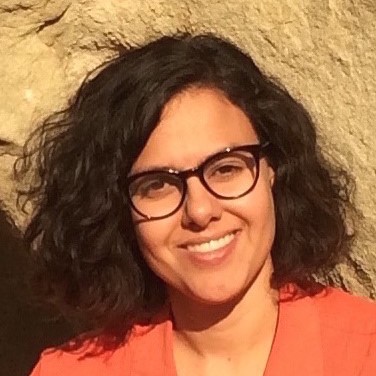 |
Ileana Pérez-Rodríguez, University of Pennsylvania
From microbes in nature to nature in microbes Deliberate cultivation and isolation of microorganisms associated with rock-water reactions in oceanic crust provides direct understanding of microbial physiologies and metabolisms, and how they are expressed under controlled and measurable physicochemical conditions. Specifically, I will show how my cultivation studies with anaerobic hydrogenotrophs from seafloor and subseafloor environments inform understanding of microbial speciation and microbial community structure in hydrothermal ecosystems. Studying microbial responses to environmental parameters also advances their utility for biotechnological applications. |
Friday July 9, 2021 (10:30AM – 12:00PM Pacific Time)
Techniques for Isolating DNA from Tough Samples
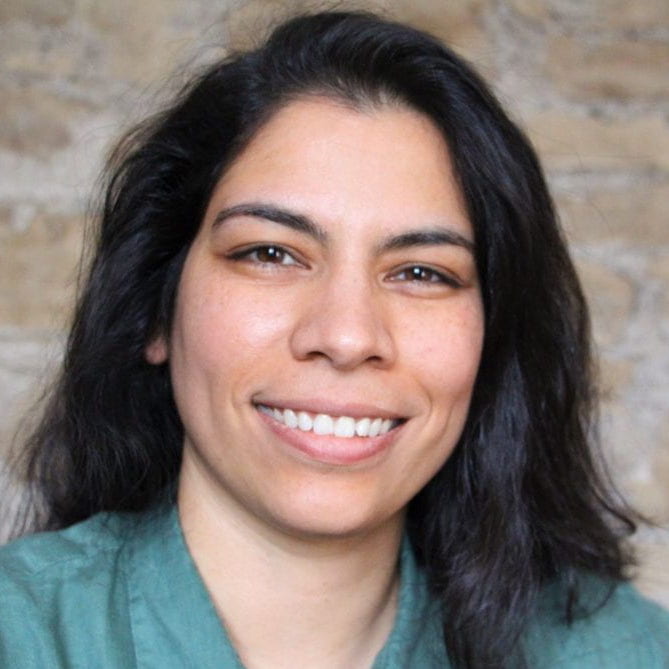 |
Jackie Goordial, University of Guelph
Squeezing DNA from a rock: DNA extractions from low biomass settings In this tutorial I will draw on experience in mineral permafrost and ocean crust samples to discuss methods to obtain genomic material from low biomass samples. I will discuss how (and when) to tweak common commercial DNA kits for low biomass samples (including lysis considerations and elution alterations), the use of flow cytometry to concentrate cells, and finally – options for amplifying DNA for downstream analysis when you get very small amounts. |
Friday June 4, 2021 (10:30AM – 12:00PM Pacific Time)
How to Build Capacity for a Thriving Research Lab at a PUI (Primarily Undergraduate Institution)
 |
Rika Anderson, Carleton College
Conducting research with undergraduates at a small liberal arts college [10 MB PDF] We will discuss how to build up a successful research program at a primarily undergraduate institution (PUI). We will cover topics like teaching and research expectations at small liberal arts colleges (SLACs) and other PUIs, how to strike a balance between research and teaching at PUIs, how to design projects that fit the undergraduate student timeline, how to recruit and retain students in a diverse and equitable lab environment, avenues of research funding, and publishing with undergraduate co-authors. |
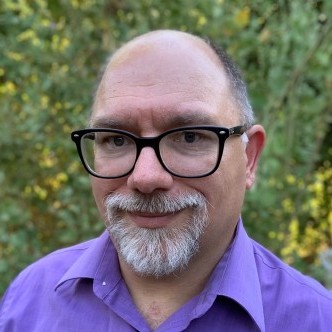 |
Terry McGlynn, California State University Dominguez Hills
How to develop an undergraduate research lab with long-term sustainability [1 MB PDF] I will describe the great variety of PUIs, including the ranges of expectations and resources in small liberal arts colleges and regional public universities. I will discuss what what it’s like to operate an undergraduate-centered research program, and describe a variety of strategic approaches to maintaining an active undergraduate research laboratory over the duration of your career. |
Additional resources identified by meeting participants:
|
|
Friday May 7, 2021 (10:30AM – 12:00PM Pacific Time)
New Microbial Physiology Techniques
 |
Roland Hatzenpichler, Montana State University
Next-generation physiology: Why and how to measure microbial phenotypes under (close to) in situ conditions We will discuss cutting-edge approaches to measure microbial phenotypes and metabolic activities under as close to in situ conditions as experimentally possible. We will focus on non-destructive techniques capable of observing individual bacterial and archaeal cells that can be followed up by additional methods to further characterize cells of interest. Specifically, we will discuss how substrate analog probing and stable isotope labeling techniques, in combination with fluorescence- or Raman microscopy-based observation of intact cells, can test hypotheses generated via metagenomics and lead us towards a deeper understanding of microbial ecophysiology. Maybe more excitingly, we will discuss how these techniques can be employed to turn traditional workflows upside down and design experiments in which the phenotype of a cell is examined first and the genotype second. |
Monday April 5, 2021 (10:30AM – 12:00PM Pacific Time)
New Tools in Bioinformatics
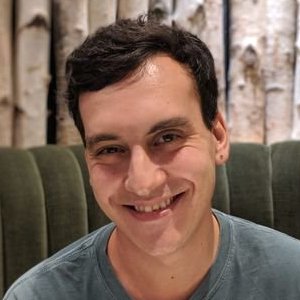 |
Jake Weissman, University of Southern California
Estimating maximal microbial growth rates from cultures, metagenomes, and single cells via codon usage patterns Maximal growth rate is a basic parameter of microbial lifestyle that varies over several orders of magnitude, with doubling times ranging from a matter of minutes to multiple days. Growth rates are typically measured using laboratory culture experiments. Yet, we lack sufficient understanding of the physiology of most microbes to design appropriate culture conditions for them, severely limiting our ability to assess the global diversity of microbial growth rates. Genomic estimators of maximal growth rate provide a practical solution to survey the distribution of microbial growth potential, regardless of cultivation status. We developed an improved maximal growth rate estimator (gRodon) and predicted maximal growth rates from over 200,000 genomes, metagenome-assembled genomes, and single-cell amplified genomes to survey growth potential across the range of prokaryotic diversity (the EGGO database); extensions allow estimates from 16S sequences alone as well as weighted community estimates from metagenomes. |
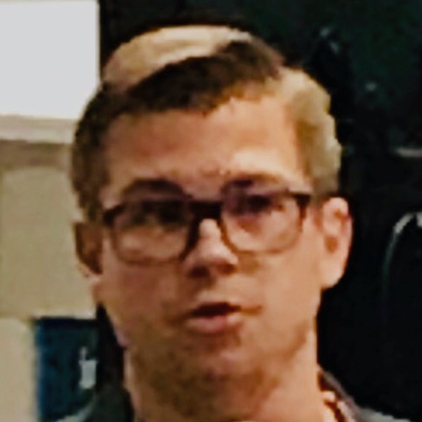 |
Ben Tully, University of Southern California
EukMetaSanity: A customizable workflow for the gene prediction and annotation of Eukaryotic genomes The prediction of protein-coding regions in eukaryotic genomes requires multiple computationally and time intensive processes to accurately determine gene structure. Generally, eukaryotic gene prediction relies on a combination of transcript evidence, protein homology, and/or sequence signatures. EukMetaSanity incorporates the steps, repeat prediction, ab initio gene prediction, and evidence-based gene prediction into a single pipeline that can determine high-quality intron/exon boundaries for novel eukaryotic genomes. Along with an implementation that takes advantage of the distributed structure of high-performance computing clusters, EukMetaSanity has the ability to annotate 100-1,000s of eukaryotic genomes/MAGs/SAGs in short time-scales relative to current implementations and approaches. And while the need for this level of parallelization is not commonplace, recent marine eukaryotic MAG datasets suggest that practical solutions at scale will be necessary soon. |
Learn more about the C-DEBI Virtual Meeting Series


